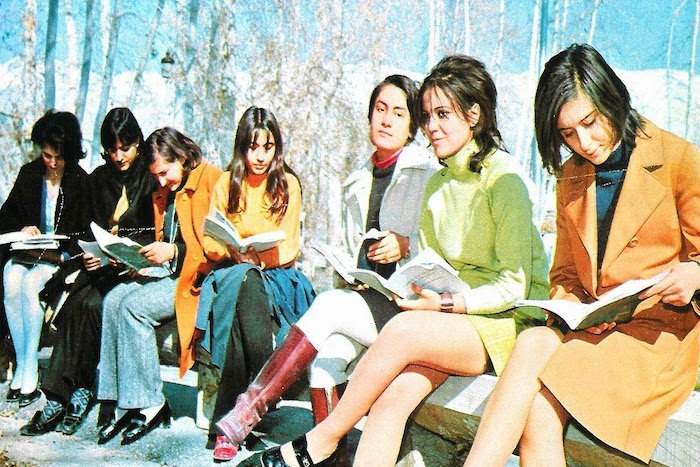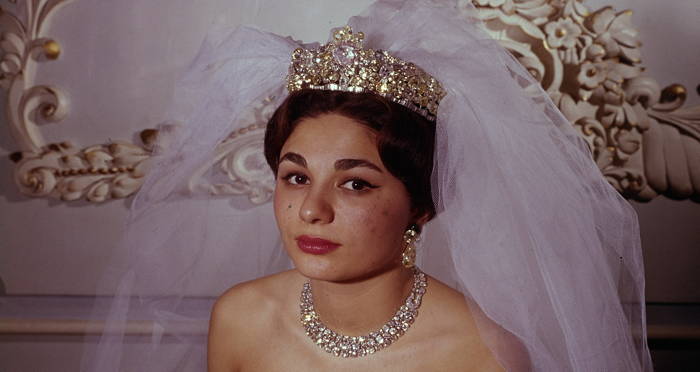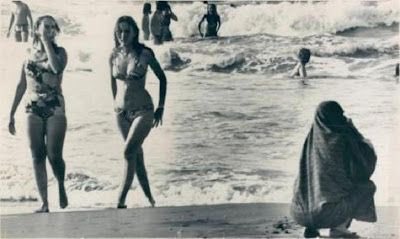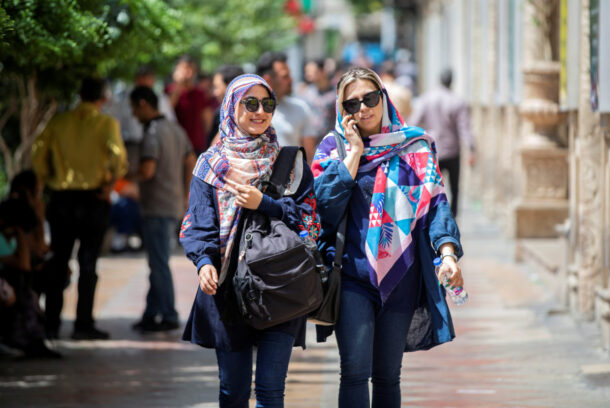 Photo credit: https://rarehistoricalphotos.com/iran-before-revolution-photos/
Photo credit: https://rarehistoricalphotos.com/iran-before-revolution-photos/
We have been incredibly inspired by the stories of bravery displayed by the women and girls in Iran over the past month. Ahead we shared three things to know about the women of Iran, and ways to support them.
WAYS YOU CAN HELP NOW:
Sign a Petition
Learn and Donate
Persian women are some of the most educated in the region
While many have heard of Iran’s totalitarian regime and brutal treatment of women, many do not know that only 40 years ago Iran was considered the fashion and cultural epicenter of the Middle East. During the last Shah’s reign (Mohammed Reza Pahlavi), women were included in the King’s push for westernization. Women were given the right to vote, filled the universities and were some of the country’s top engineers, scientists, doctors, and artists. While many women of Iran still chose to dress modestly and cover their hair, the younger generation embraced Western ideologies and American fashion, and Tehran, the capital, quickly became indistinguishable from that of other European cities.


The Hijab- and the rise of the Persian Headscarf- a statement piece
After the fall of the Shah in 1979, Ayatollah Khomeini returned to Iran after being exiled from the country, and formed the “Islamic Republic.” With his return came the creation of the Islamic Revolutionary Guard, the modesty police and a slew of mandates targeted at Iranian women. The new government adopted a civil code based on conservative Islamic law or Sharia. It dropped the age of marriage to 13, eliminated a woman’s right to divorce her husband and created new restrictions on women’s dress, and foreign travel. Unlike other Islamic countries in the area with similar “veiling” requirements for women, the women of Iran would not be covered! Many pushed the boundaries of modesty and used the headscarf as a fashion statement, in lieu of other more conservative head coverings. They wore head scarves with new fabrics, colors, and patterns as a way of self-expression. Persian women, often described as some of the most beautiful women in the world, began focusing on what little of themselves they could “show” in public. The use of makeup as a statement, high fashion coats, and shoes become all the rage as the women of the country create new avenues for creativity.

2022 and The Women’s Revolution: Iranian Women are Taking a Stand for their Rights
For the past 40 years, the Women of Iran have endured unspeakable hardships. Despite the suppression of their freedom and voices, they never stopped their art, music, studies, and push for creative expression through fashion. Persian women never stopped fighting, their dissent simply simmered beneath the surface of society.
By now you’ve probably heard of the young woman, Mahsa Amini, who was arrested and then brutally beaten and died after the modesty police accused her of wearing her headscarf incorrectly.
The murder of this young Iranian woman sparked what people are calling the “Women’s Revolution.” Tens and thousands of women across the nation took to the streets and demonstrated against Mahsa’s death and the treatment of women by removing their headscarf, a crime punishable by imprisonment or even death. These girls, wives, mothers, and grandmothers stood up for their rights and for the rights of millions of other Iranian women when they risked their lives by removing their hijabs, or headscarves in protest. While they have been met with the utmost brutality, and it is still unknown how many innocent Iranians have been killed in the past month, the women have not stopped fighting!
While many of us wish we could hop on a plane and fight alongside the women of Iran, what women can do around the world is the following. 1) Post, post, and re-post! One of the major ways for this revolution to gain traction, is with intense social media pressure; 2) Tag influencers, actors, musicians and people in the “Industry.” Even if you don’t have a huge social media following, tagging others who do can make a difference; 3) Contact your local representatives. We’ve said this before, but your voice and your vote matters. Your local representatives work for YOU, and it’s time they heard your voice on the current Iran issue. Ask them to speak up and denounce the Iranian regime’s treatment of their women.
Let’s stand together as one community and be the voice for those who cannot speak. Let’s support the women of Iran and make their fight our fight, and make sure their voice is not forgotten. After all, women’s rights are human rights!
xx, The FabFitFun Team




